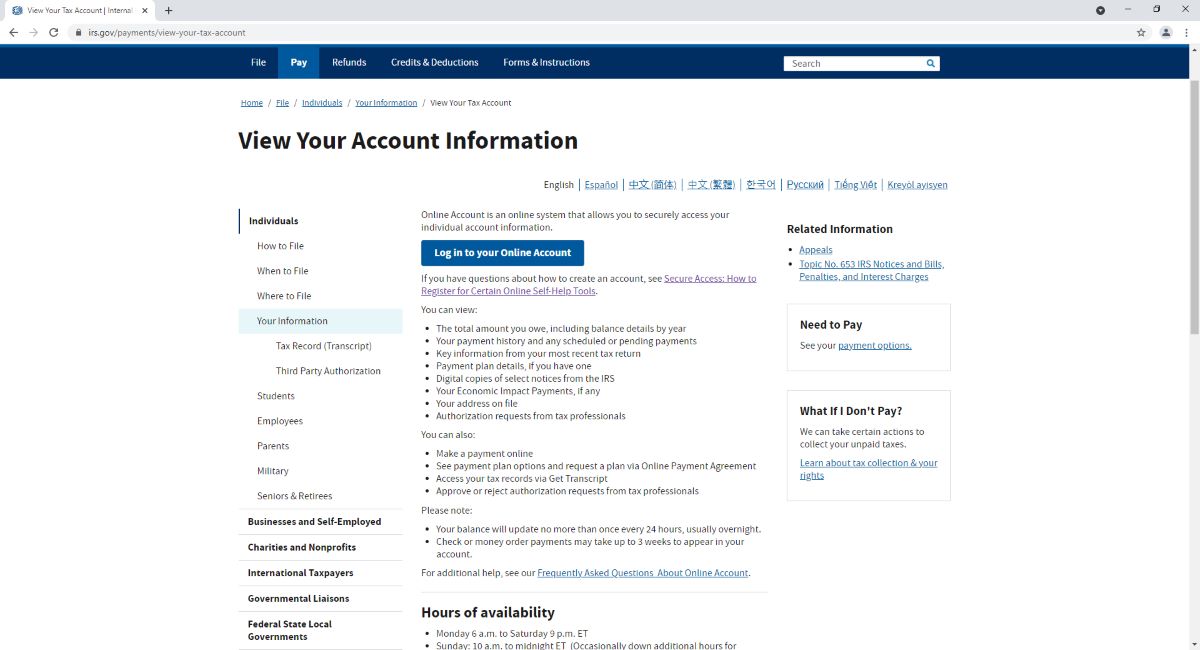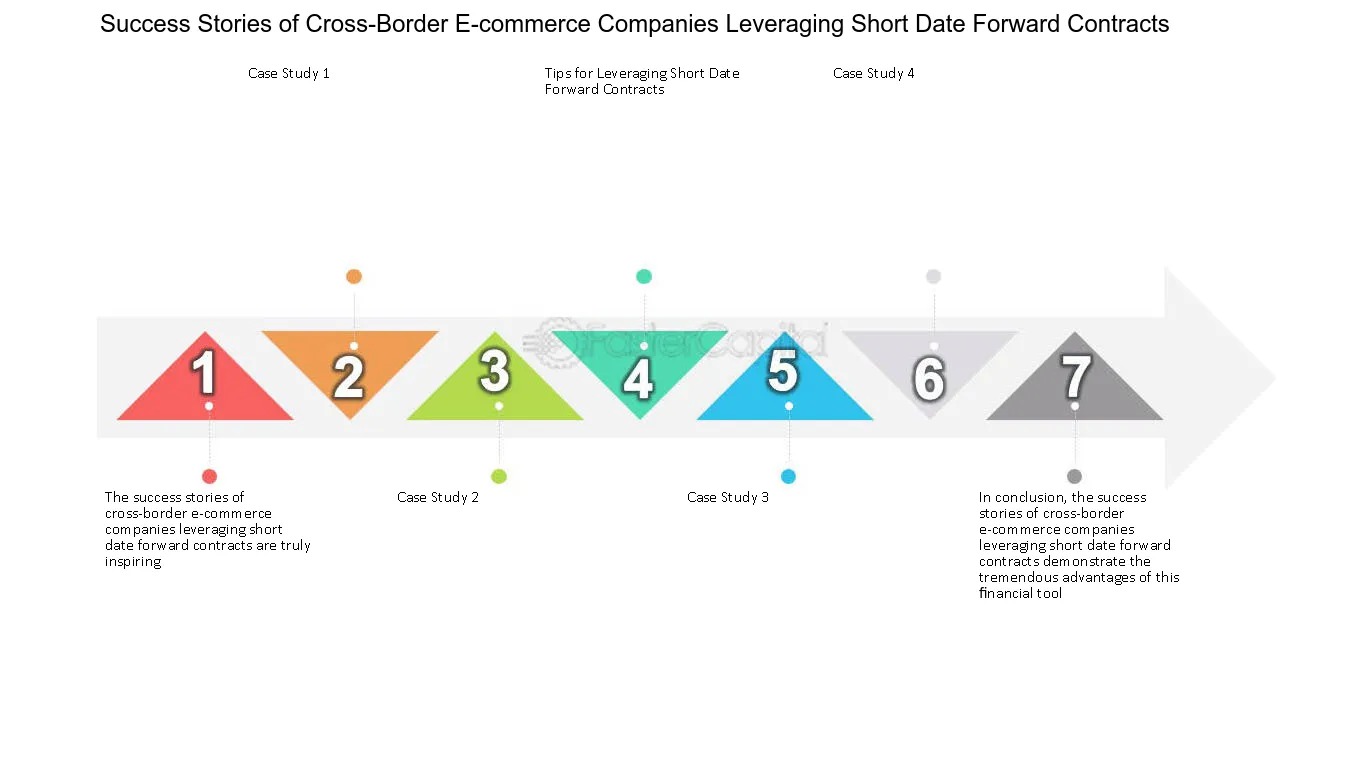

Finance
What Is True Up In Accounting
Published: October 10, 2023
Discover the importance of true up in finance and accounting and how it impacts financial statements and reporting. Gain a deeper understanding of this crucial concept and its significance in maintaining accurate financial records.
(Many of the links in this article redirect to a specific reviewed product. Your purchase of these products through affiliate links helps to generate commission for LiveWell, at no extra cost. Learn more)
Table of Contents
Definition of True Up
In the world of accounting, the term “true up” refers to the process of making necessary adjustments to rectify any discrepancies or inaccuracies in financial records. It involves comparing and reconciling recorded figures with the actual or expected values to ensure the accuracy and reliability of financial statements.
Essentially, a true up is a corrective action taken to bring the recorded data in line with the true or correct values. It is a way to correct errors, fill gaps, or account for changes that occurred after the initial recording.
The true up concept is commonly used in several financial scenarios, such as budgeting, forecasting, project accounting, and performance measurement. Whether the adjustments are due to new information, errors, changes in circumstances, or simply the need to adhere to accounting principles, the true up process plays a crucial role in maintaining the integrity of financial reporting.
True-ups can be performed on a monthly, quarterly, or annual basis, depending on the accounting cycle and reporting requirements. Typically, the process involves reviewing and analyzing various financial records, such as income statements, balance sheets, cash flow statements, and other relevant documents.
By making accurate adjustments through the true up process, organizations can ensure that their financial statements provide a true and fair representation of their financial position, performance, and cash flows. This is essential for stakeholders, including investors, lenders, regulators, and internal management, to make informed decisions based on reliable financial information.
Purpose of True Up in Accounting
The purpose of a true up in accounting is to ensure the accuracy and completeness of financial statements by adjusting any discrepancies or errors that may exist. This process is critical for maintaining the integrity of financial reporting and providing stakeholders with reliable information for decision-making.
One of the primary purposes of a true up is to reconcile recorded figures with the actual or expected values. This helps to identify and rectify any anomalies or inconsistencies in the financial statements. By making necessary adjustments, organizations can present a more accurate picture of their financial position, performance, and cash flows.
Another purpose of the true up process is to comply with accounting standards and regulations. Accounting principles, such as Generally Accepted Accounting Principles (GAAP) or International Financial Reporting Standards (IFRS), dictate that financial statements should be prepared on a consistent and accurate basis. True up adjustments ensure that the financial statements adhere to these standards and provide a true and fair representation of the company’s financial health.
The true up process also serves a forecasting and budgeting purpose. By reviewing and adjusting the financial records, organizations can refine their future projections and plans. True ups help identify any deviations from initial estimations and enable organizations to make more accurate forecasts and budgets.
Furthermore, true ups play a vital role in internal control and risk management. By regularly reviewing financial records and reconciling discrepancies, organizations can identify and rectify any potential errors or irregularities. This helps to mitigate the risk of fraud, financial misstatements, and inaccuracies in financial reporting, enhancing the overall reliability of the financial information.
Ultimately, the purpose of a true up in accounting is to ensure the credibility and transparency of financial statements. By conducting this process regularly and accurately, organizations can provide stakeholders with trustworthy information for decision-making, support compliance with accounting standards, and enable more effective planning and budgeting.
Importance of True Up in Financial Reporting
The true up process holds significant importance in financial reporting as it ensures the accuracy, completeness, and reliability of the information presented in financial statements. Let’s explore why true up is crucial in financial reporting:
1. Accuracy of Financial Information: True up adjustments help rectify errors and discrepancies, ensuring that financial statements reflect the true and correct values. It enhances the accuracy of financial information, providing stakeholders with a clear and reliable representation of a company’s financial performance.
2. Compliance with Accounting Standards: Financial reporting is governed by accounting principles and standards. True up ensures that the financial statements adhere to these standards, such as GAAP or IFRS. By following these guidelines, organizations can demonstrate transparency and credibility in their financial reporting, meeting regulatory requirements.
3. Decision-making Support: Stakeholders, including investors, lenders, and management, rely on accurate financial information to make informed decisions. The true up process ensures the reliability of financial statements, enhancing stakeholders’ confidence in the data and facilitating better decision-making processes.
4. Forecasting and Budgeting Accuracy: True up adjustments allow organizations to refine their forecasting and budgeting processes. By rectifying any discrepancies and updating the financial records, companies can have a more accurate understanding of their financial position and performance. This contributes to more realistic and reliable forecasts and budgets.
5. Risk Mitigation: Regular true up processes help identify and address potential errors, irregularities, or fraud within financial records. By proactively reconciling discrepancies, organizations can mitigate the risks associated with misstatements or fraudulent activities, ensuring the reliability and integrity of financial reporting.
6. Investor Confidence: Investors rely on accurate financial information to evaluate a company’s financial health and potential. The true up process helps maintain the trust and confidence of investors by providing them with reliable and transparent financial statements. This promotes investor confidence and can positively impact a company’s market reputation.
In summary, the importance of true up in financial reporting cannot be overstated. It ensures the accuracy, compliance with accounting standards, decision-making support, forecasting accuracy, risk mitigation, and investor confidence. By conducting regular true up processes, organizations can strengthen their financial reporting practices and provide stakeholders with credible and trustworthy information.
True Up Process and Methodology
The true up process involves several steps and methodologies to ensure the accuracy and completeness of financial records. While specific methodologies may vary across organizations, the general approach typically includes the following:
1. Reviewing Financial Records: The first step in the true up process is to review the existing financial records, including income statements, balance sheets, cash flow statements, and other relevant documents. This allows for a comprehensive understanding of the recorded figures and potential discrepancies.
2. Identifying Discrepancies: During the review process, discrepancies and inconsistencies are identified by comparing the recorded data with the actual or expected values. This can include errors, omissions, or outdated information that needs to be rectified through true up adjustments.
3. Analyzing the Causes: Once discrepancies are identified, the next step is to analyze the underlying causes. This involves determining why the discrepancies occurred, whether it’s due to errors, changes in circumstances, new information, or other factors. Understanding the causes helps in developing appropriate adjustment strategies.
4. Quantifying Adjustments: Once the causes are identified, adjustments are quantified to align the recorded data with the true values. This may involve recalculating financial figures, updating relevant accounts, applying accounting principles, or incorporating new information. The adjustments should accurately reflect the changes required to achieve an accurate representation of the financial position.
5. Documenting Adjustments: It is essential to document all true up adjustments to maintain transparency and provide an audit trail. This includes noting the nature of the adjustment, the reasoning behind it, and the impact on financial statements. Proper documentation ensures that adjustments can be tracked and understood by stakeholders and auditors.
6. Approval and Reconciliation: Once the adjustments are calculated and documented, they should be reviewed and approved by the appropriate stakeholders, such as senior management, accounting teams, or auditors. This helps ensure that the adjustments comply with accounting principles, organizational policies, and regulatory requirements.
7. Reporting and Disclosure: True up adjustments need to be properly reported and disclosed in the financial statements. This includes presenting the adjusted figures as well as providing relevant disclosures in footnotes or management discussion sections. The reporting should clearly communicate the impact of the adjustments on the financial statements and provide an accurate representation of the organization’s financial condition.
8. Periodic Reviews and Continuous Improvement: True up is an ongoing process that should be conducted regularly to capture any changes or errors in financial records. Regular review and analysis of financial statements help identify recurring discrepancies and areas for improvement, leading to a more accurate and efficient true up process over time.
By following a structured true up process and methodology, organizations can ensure the accuracy and completeness of financial records, comply with accounting standards, and provide stakeholders with reliable and transparent financial information.
Examples of True Up Adjustments
The true up process entails various adjustments to rectify discrepancies and ensure accurate financial reporting. Here are some examples of common true up adjustments:
1. Revenue Recognition: Adjustments may be required to properly recognize revenue based on contractual agreements, timing of delivery, or completion of services. For example, if a portion of revenue was initially deferred but should now be recognized due to the completion of performance obligations, a true up adjustment would be made.
2. Expense Accruals: Accruals are adjustments made to record expenses that have been incurred but not yet recorded. For instance, if expenses such as utility bills, salaries, or rent were not initially recorded but have since been determined, true up adjustments are necessary to reflect these expenses accurately.
3. Inventory Valuation: If there have been changes in the value of inventory, true up adjustments may be required to reflect the accurate cost of inventory on the balance sheet. This could include adjustments for obsolescence, spoilage, or changes in market value.
4. Depreciation and Amortization: As assets age, their value decreases over time. True up adjustments may be necessary to reflect the current depreciation or amortization expense accurately. This adjustment ensures that the proper allocation of costs over the asset’s useful life is reflected on the income statement.
5. Allowance for Bad Debts: If there are changes in the estimation of bad debts or doubtful accounts, true up adjustments are made to the allowance for bad debts. This adjustment reflects the appropriate provision for potential losses from customers who may not be able to pay their outstanding balances.
6. Foreign Exchange Gains or Losses: In international transactions, exchange rates fluctuate, resulting in foreign exchange gains or losses. True up adjustments are made to reflect the impact of these fluctuations on financial records, ensuring the accurate valuation of foreign currency denominated transactions.
7. Income Tax Provision: As tax laws change or new information becomes available, the calculation of income tax provisions may need adjustment. True up adjustments ensure that the income tax expense or benefit accurately reflects the current tax laws and regulations.
8. Fair Value Measurements: If there are changes in the fair value of financial instruments, investments, or other assets, true up adjustments are made to reflect these changes. This ensures that the financial statements reflect the current market value of these assets and liabilities.
These examples highlight the diverse nature of true up adjustments and the importance of ensuring that financial records accurately reflect the current state of the business. True up adjustments help align recorded values with the true or correct values, providing stakeholders with reliable and transparent financial information.
Challenges in True Up Accounting
While the true up process is essential for maintaining accurate financial records, it is not without its challenges. Here are some common challenges that organizations face in true up accounting:
1. Data Integrity and Availability: Obtaining accurate and complete data for the true up process can be challenging. In some cases, data may be scattered across multiple systems or departments, making it difficult to consolidate and reconcile. Ensuring data integrity and availability is crucial to conducting an effective true up.
2. Time Constraints: True ups often have strict deadlines to align with accounting cycles and reporting requirements. The limited time available for analysis, adjustment calculation, approval, and reporting can sometimes put pressure on the accounting team, increasing the risk of errors or overlooking important adjustments.
3. Complexity of Transactions: Organizations with complex operations, multiple revenue streams, or diverse product offerings may face challenges in accurately capturing and recording all transactions. True up adjustments may be necessary to account for these complexities, further adding to the complexity and difficulty of the process.
4. Subjectivity and Estimations: True up accounting may require subjective judgments and estimations, especially when dealing with items such as revenue recognition, allowance for bad debts, or fair value measurements. The reliance on estimates introduces a level of uncertainty and requires careful consideration to reflect the most accurate values.
5. Compliance with Accounting Standards: Staying compliant with accounting standards, such as GAAP or IFRS, can be challenging during the true up process. Ensuring that adjustments are in line with the relevant principles and interpretations may require thorough research and expertise, particularly when dealing with complex accounting rules.
6. Communication and Coordination: True up accounting often involves collaboration among different stakeholders, including finance, operations, and management teams. Effective communication and coordination are essential to ensure that all necessary adjustments are captured and accurately reflected in the financial statements. Lack of proper communication and coordination can lead to missing or incorrect adjustments.
7. Implementation of Changes: True ups can involve significant changes to financial records or accounting policies. Implementing these changes effectively across various systems, processes, and organizational levels can be a challenge. Adequate training and support are necessary to ensure proper implementation and understanding of the adjustments.
Addressing these challenges requires emphasis on data management, process efficiency, clear communication, continuous training, and strong internal controls. By understanding and proactively addressing these challenges, organizations can overcome obstacles in the true up accounting process and ensure accurate and reliable financial reporting.
Best Practices in True Up Process
To ensure the effectiveness and efficiency of the true up process, organizations can adopt the following best practices:
1. Establish Clear Policies and Guidelines: Develop clear policies and guidelines outlining the true up process, including roles and responsibilities, timelines, and approval procedures. This provides a structured framework for conducting true ups and ensures consistency across the organization.
2. Maintain Accurate and Well-Organized Financial Records: Good record-keeping practices are essential for a successful true up process. Implement and maintain a robust financial management system that captures and stores data accurately and efficiently. This ensures that the necessary information is readily available for analysis and adjustment calculation.
3. Conduct Regular Reviews and Reconciliations: Regularly review and reconcile financial records to identify discrepancies and potential true up adjustments. This includes monthly or quarterly reviews of key accounts, such as revenue, expenses, and inventory, to minimize the risk of errors and ensure the accuracy of financial statements.
4. Collaborate and Communicate Effectively: Effective collaboration and communication between departments and teams involved in the true up process are crucial. This ensures that everyone has a clear understanding of their responsibilities and that adjustments are accurately captured and communicated. Regular meetings and documentation of discussions help facilitate effective collaboration.
5. Leverage Technology Solutions: Utilize advanced accounting software and technology solutions to streamline and automate the true up process. Automated calculations, reconciliation tools, and data analysis capabilities can significantly enhance efficiency and accuracy while reducing the risk of manual errors.
6. Document and Consistently Apply Accounting Policies: Document all accounting policies and consistently apply them throughout the true up process. This promotes transparency, ensures compliance with accounting standards, and reduces the risk of inconsistent treatment of transactions.
7. Stay Up-to-Date with Accounting Standards: Stay informed about changes in accounting standards and regulations that may impact the true up process. Regularly review and update accounting policies and procedures to align with evolving requirements, ensuring accurate and compliant adjustments.
8. Conduct Continuous Training and Education: Invest in training and education for the finance and accounting teams involved in the true up process. This helps them stay updated on accounting principles, best practices, and changes in regulations, enabling them to perform true up adjustments accurately and efficiently.
9. Implement Strong Internal Controls: Establish robust internal controls to ensure the integrity and reliability of financial records. Segregation of duties, regular audits, and ongoing monitoring help identify control weaknesses and prevent potential errors or fraudulent activities during the true up process.
10. Evaluate and Improve the True Up Process: Regularly evaluate the true up process to identify areas for improvement. Solicit feedback from stakeholders, track the effectiveness of adjustments, and incorporate lessons learned to enhance the efficiency and effectiveness of future true ups.
By following these best practices, organizations can streamline the true up process, minimize errors and discrepancies, and ensure accurate and reliable financial reporting.
Conclusion
The true up process is an essential component of accounting that ensures the accuracy, completeness, and reliability of financial statements. By making necessary adjustments and reconciling recorded figures with the true or correct values, organizations can present stakeholders with reliable information for decision-making, comply with accounting standards, and enhance financial transparency.
Throughout the true up process, organizations encounter challenges such as data integrity, time constraints, complexity of transactions, subjectivity in estimations, compliance with accounting standards, communication, and implementation of changes. However, by adopting best practices such as establishing clear policies and guidelines, maintaining accurate financial records, conducting regular reviews and reconciliations, leveraging technology solutions, and implementing strong internal controls, organizations can overcome these challenges and conduct the true up process effectively.
The importance of the true up process in financial reporting cannot be understated. It ensures the accuracy of financial information, supports compliance with accounting standards, provides decision-making support, enhances forecasting and budgeting accuracy, mitigates risks, and boosts investor confidence. By conducting regular true up adjustments and continuously improving the process, organizations can maintain financial integrity and provide stakeholders with reliable and transparent financial statements.
In conclusion, the true up process is a critical component of accounting that is necessary for accurate financial reporting. By adhering to best practices and addressing challenges, organizations can ensure the integrity of their financial records, comply with accounting standards, and provide stakeholders with confidence in the reliability and accuracy of their financial information.














